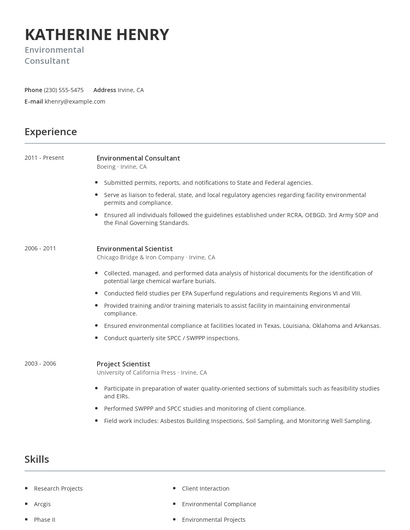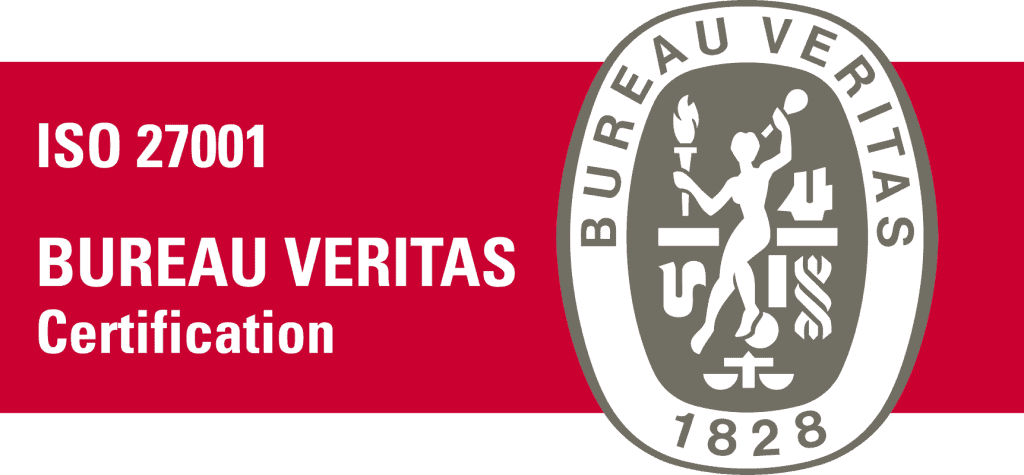
Writing a creative short can be daunting. Writing a creative brief is a daunting task. You need to communicate the vision of the client and avoid using jargon. So that your design team can understand the brief, it should be simple, clear and easy to comprehend. It should not provide a solution but rather a challenge to the design team. It should be a brief that's carefully constructed with creativity and care to solve the client’s problem.
Create a key benefit for consumers (KCB).
A creative brief is a great way to target your marketing efforts. It should focus on one benefit or pain point that the audience has. A key consumer benefit can refer to a feature, an advantage, or an outcome the audience would love to have. A key benefit or pain point is the ultimate goal of a project, or the feeling that you want your audience to have after using a product or service.
It is important to study the market, analyze the products and audiences of your competitors before you create a creative brief. This will allow you to narrow the scope of your search and help you determine your company’s niche in this market. Develop a KCB or key message that clearly describes the solution that the product or service will provide for consumers. Then, be sure to incorporate testimonials and narratives into the creative brief.

Include deliverable dates
Be sure to include delivery dates and deadlines in your creative brief. This will help avoid confusion later. Also, make sure to include brand guidelines and internal messaging. Your creative team will be more successful if you give them as much detail as possible. Include the date you want to see the project completed, along with any revisions or approvals you need to make. In addition, remember to include the deliverable dates for each stage of the project.
You should also include a description of your target audience, competition, and the market in which your company operates. Make sure to include a brief that is scannable and includes your company's branding messages to your target audience. Having a clear and concise creative brief will prevent endless revisions. It will also make it easier for your agency not to forget any information.
Include brand guidelines
Include brand guidelines in your creative brief to ensure that work is consistent with brand values and tone. These guidelines will allow the designer to understand the brand's vision and voice, and ensure that the work produced reflects it. Here are some ideas for including brand guidelines to your creative brief. These guidelines will help you create your campaign short, which should contain the following five elements. Using these guidelines will ensure that no detail is left out of your creative brief.
The brief should cover the entire brand. But it shouldn't be too detailed. It should be a brief overview of the brand and intended audience. One paragraph should detail the goals. The brief should also contain relevant background information about the brand, such as the target demographic. The brief should include any background information about the brand that the creative team doesn't already have. They should be able catch up and complete the project. A creative brief should also include the brand guidelines along with the deliverables.

Include client's voice
When developing creative briefs for your clients, include their voice. This is often where the hardest part of a creative brief is. It is not uncommon to have so many things included that it can seem overwhelming. Listed below are five common reasons why projects fail. All of these reasons do not stem from the creative brief. However, they are all connected to a conflict with the project's artistic elements. Here are some tips to help you write a brief that will appeal to your clients.
Make a brief that outlines the main elements of your project. This will help you to understand the client's voice. Be sure to include demographic information and behavioral insights about your target audience. This will assist your team in creating a successful content strategy. Keep in mind that you must communicate persuasively and push your target audience to act. In your creative brief, be sure to include the voice, tone and style of the client.
FAQ
How does consulting differ to freelancing
Freelancers work as independent contractors and offer their services without the assistance of an agency or company. Hourly rates are usually charged based on the time they spend working on a client’s project. Consultants often work for companies or agencies that employ them. Consultants are typically paid either monthly or annually.
Because they have control over their work hours and can set their prices, freelancers are more flexible than consultants. Consultants, however, often have better benefits such as retirement plans, vacation days, and health insurance.
How do I become successful as a consultant?
Finding a passion area is the first step. Next, you need to establish relationships. It is important to understand the needs of clients and their business. Finally, you have to deliver results for your clients.
While you don’t have to be the greatest at everything, you have to be better than everyone else. You must also have passion for your work. It isn't enough just to say, "I'm going to be a consultant." You must believe in yourself.
What can I expect of my consultant?
After you have selected your consultant, expect to hear from them within a few business days. They will ask you for information about your business, including the mission, goals, products, and budget. Next, they'll provide a proposal describing the scope and estimated time frame, fees, deliverables or milestones, as well as an estimate of costs.
If all goes according to plan, the two sides will sign a written deal. The terms of the contract will depend on the type of relationship between the two parties (e.g., employer-employee, employer-independent contractor).
If everything goes well, the consultant should start work immediately. You will have access both to your documents and internal resources and the consultant's skills and knowledge.
You shouldn't assume, however, that every consultant is an expert in all areas. It takes practice and hard work to become an expert in the field you are consulting. Do not expect your consultant to be an expert in every aspect of your business.
Which industries use consultants?
There are many types and styles of consultants. Some are specialists in one type or another of business.
Some consultants work only for private companies, while others represent large corporations.
Many consultants also work internationally to assist companies from all corners of the globe.
Statistics
- Over 62% of consultants were dissatisfied with their former jobs before starting their consulting business. (consultingsuccess.com)
- Over 50% of consultants get their first consulting client through a referral from their network. (consultingsuccess.com)
- According to IBISWorld, revenues in the consulting industry will exceed $261 billion in 2020. (nerdwallet.com)
- "From there, I told them my rates were going up 25%, this is the new hourly rate, and every single one of them said 'done, fine.' (nerdwallet.com)
- So, if you help your clients increase their sales by 33%, then use a word like “revolution” instead of “increase.” (consultingsuccess.com)
External Links
How To
How can I start an advisory business with no money?
This is a simple, effective and inexpensive way to get your business started without having to invest any capital.
In this tutorial, you'll learn how to make money online while working from home, improve your skills, earn some extra cash, and become successful.
These secrets will help you generate traffic on demand. This is especially important when people are looking for something specific.
This method is known as "Targeted Traffic". This method was specifically designed to make it possible to accomplish such things...
-
Find the niche in which you would like to work.
-
You can find out what keywords people use to search Google for solutions.
-
These keywords are the basis of your content.
-
Post your articles on article directories.
-
Promote your articles using social media.
-
Create relationships with experts in this niche.
-
Be featured on these blogs or websites.
-
By sending emails, you can increase your email list.
-
Start making money.